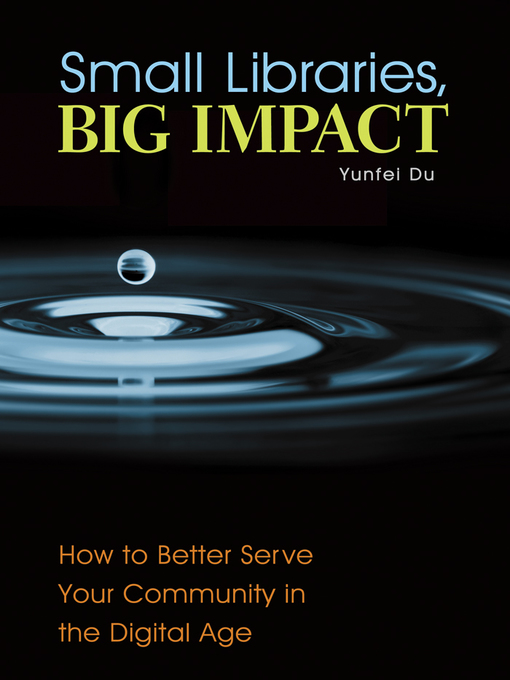Evolving technologies and the changing social landscape have put pressure on public libraries to shift their service values and methods in order to maintain funding opportunities. The challenge is substantial: library managers today must adopt a new mindset in order to perform a broad spectrum of activities and attract new users who are not traditional library patrons. Small Libraries, Big Impact: How to Better Serve Your Community in the Digital Age helps readers to meet the challenge of serving diverse users via a community-centered library.
Based on an intensive review of literature on serving library users in smaller libraries as well as the author's own research findings gained from interviewing 55 library directors, this book provides conceptual and practical tools for serving 21st-century users, gaining wider community support, programming dynamic events, and planning rewarding technology learning. Beyond supplying actionable advice, the book will also review relevant concepts and theoretical frameworks, such as community outreach and partnership, social justice and social inclusion, technology and social transition, cultural diversity and the digital divide, entrepreneurship, outreach, best practices for marketing libraries, and library space design.

